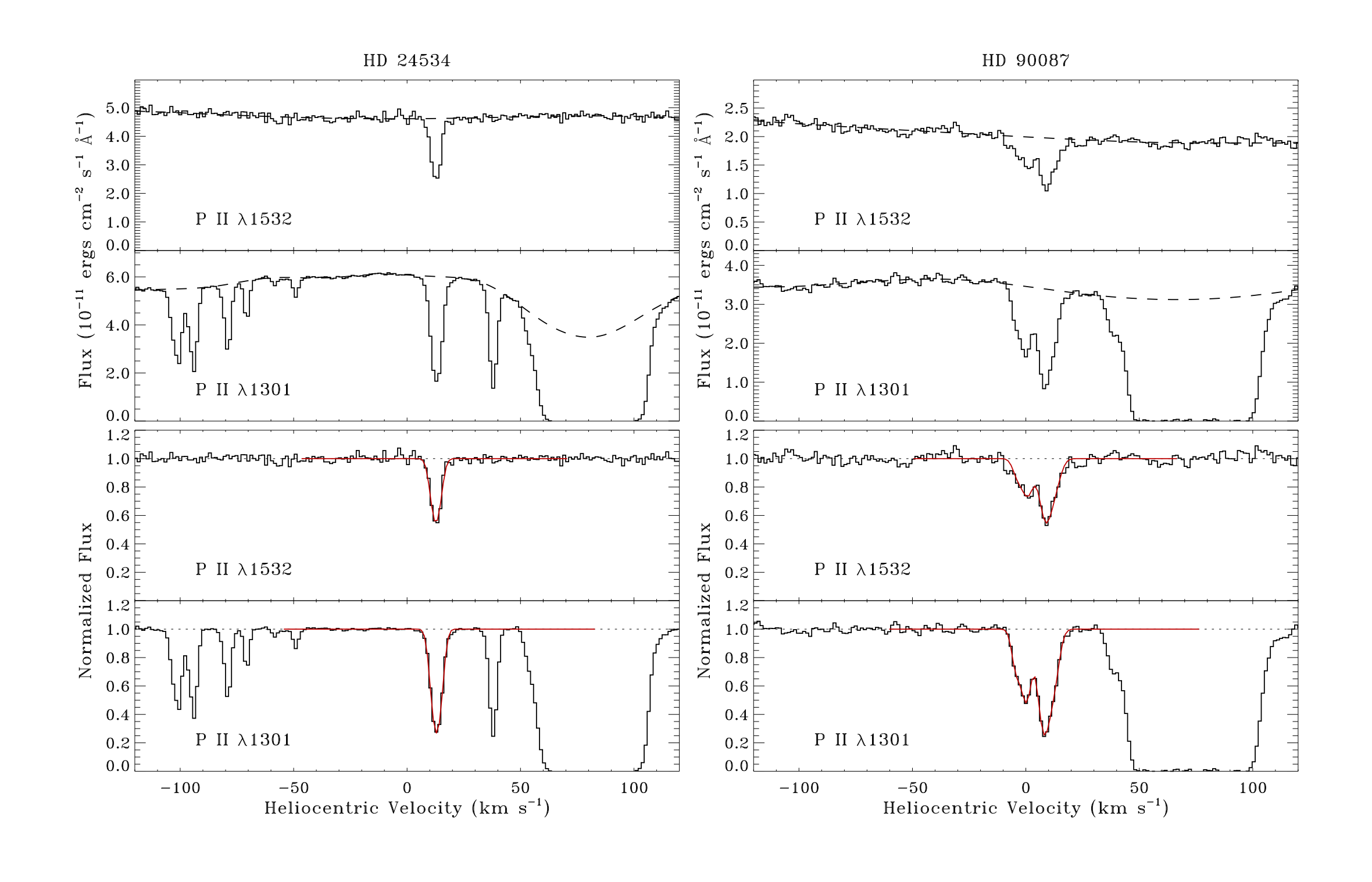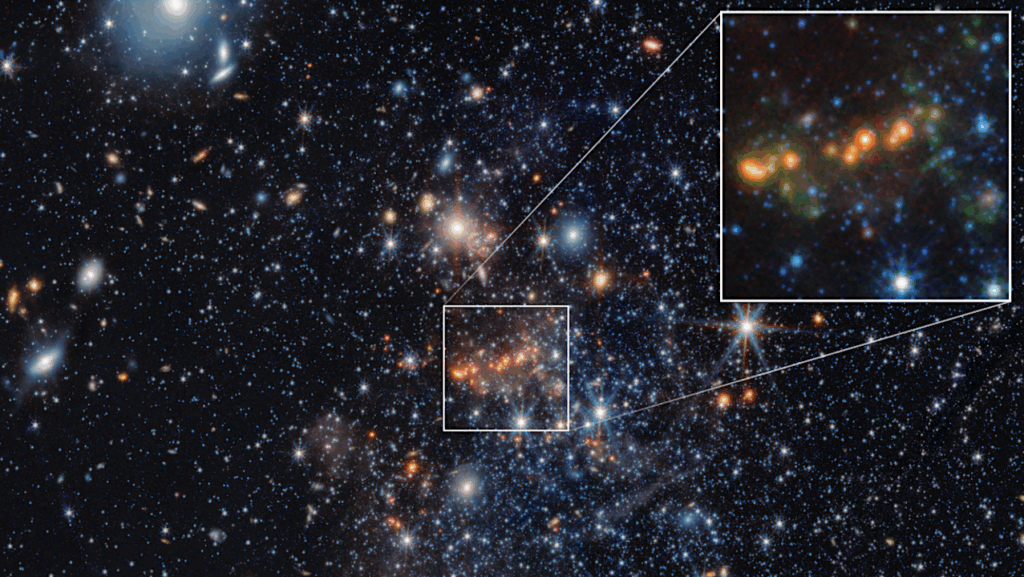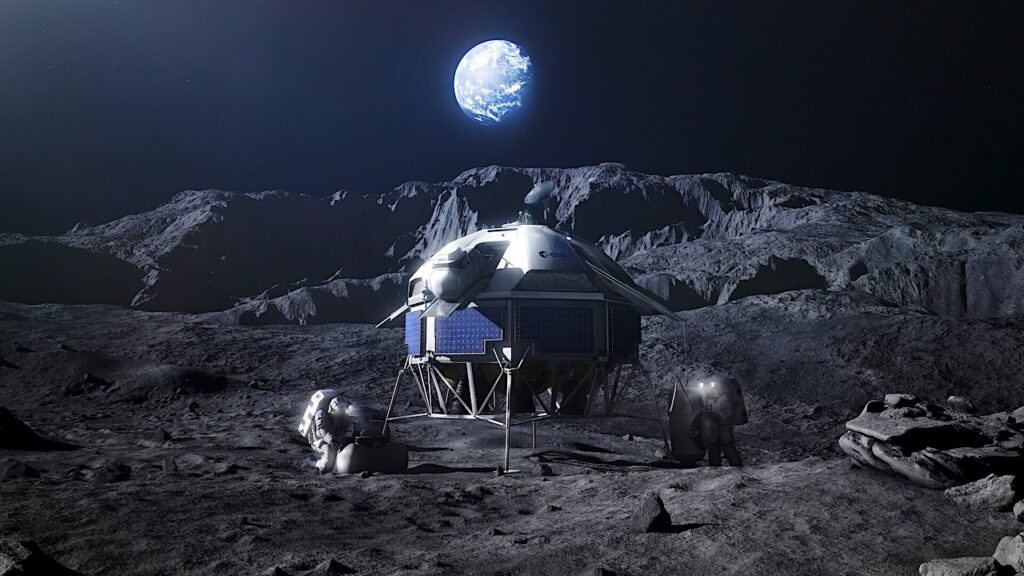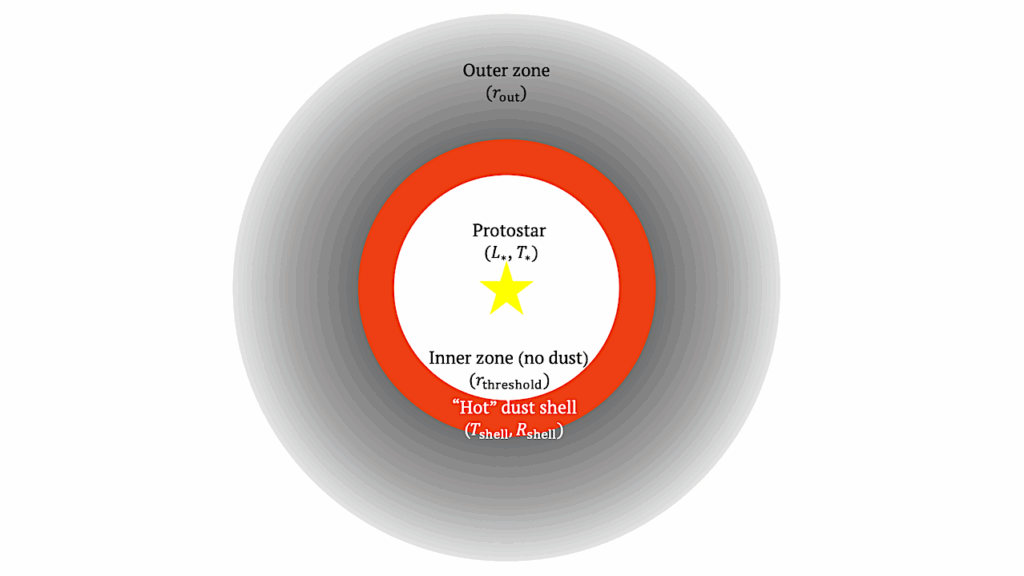A Reexamination of Phosphorus and Chlorine Depletions in the Diffuse Interstellar Medium

We present a comprehensive examination of interstellar P and Cl abundances based on an analysis of archival spectra acquired with the Space Telescope Imaging Spectrograph of the Hubble Space Telescope and the Far Ultraviolet Spectroscopic Explorer.
Column densities of P II, Cl I, and Cl II are determined for a combined sample of 107 sight lines probing diffuse atomic and molecular gas in the local Galactic interstellar medium (ISM). We reevaluate the nearly linear relationship between the column densities of Cl I and H2, which arises from the rapid conversion of Cl+ to Cl0 in regions where H2 is abundant. Using the observed total gas-phase P and Cl abundances, we derive depletion parameters for these elements, adopting the methodology of Jenkins.
We find that both P and Cl are essentially undepleted along sight lines showing the lowest overall depletions. Increasingly severe depletions of P are seen along molecule-rich sight lines.
In contrast, gas-phase Cl abundances show no systematic variation with molecular hydrogen fraction. However, enhanced Cl (and P) depletion rates are found for a subset of sight lines showing elevated levels of Cl ionization.
An analysis of neutral chlorine fractions yields estimates for the amount of atomic hydrogen associated with the H2-bearing gas in each direction. These results indicate that the molecular fraction in the H2-bearing gas is at least 10% for all sight lines with logN(H2)≳18 and that the gas is essentially fully molecular at logN(H2)≈21.
Adam M. Ritchey (Eureka Scientific), J. M. Brown (Univ. of Toledo), S. R. Federman (Univ. of Toledo), Paule Sonnentrucker (Space Telescope Science Institute)
Comments: 43 pages, 21 figures, submitted to ApJ
Subjects: Astrophysics of Galaxies (astro-ph.GA)
Cite as: arXiv:2301.09727 [astro-ph.GA] (or arXiv:2301.09727v1 [astro-ph.GA] for this version)
Submission history
From: Adam Ritchey
[v1] Mon, 23 Jan 2023 21:34:22 UTC (436 KB)
https://arxiv.org/abs/2301.09727
Astrobiology, Astrochemistry








